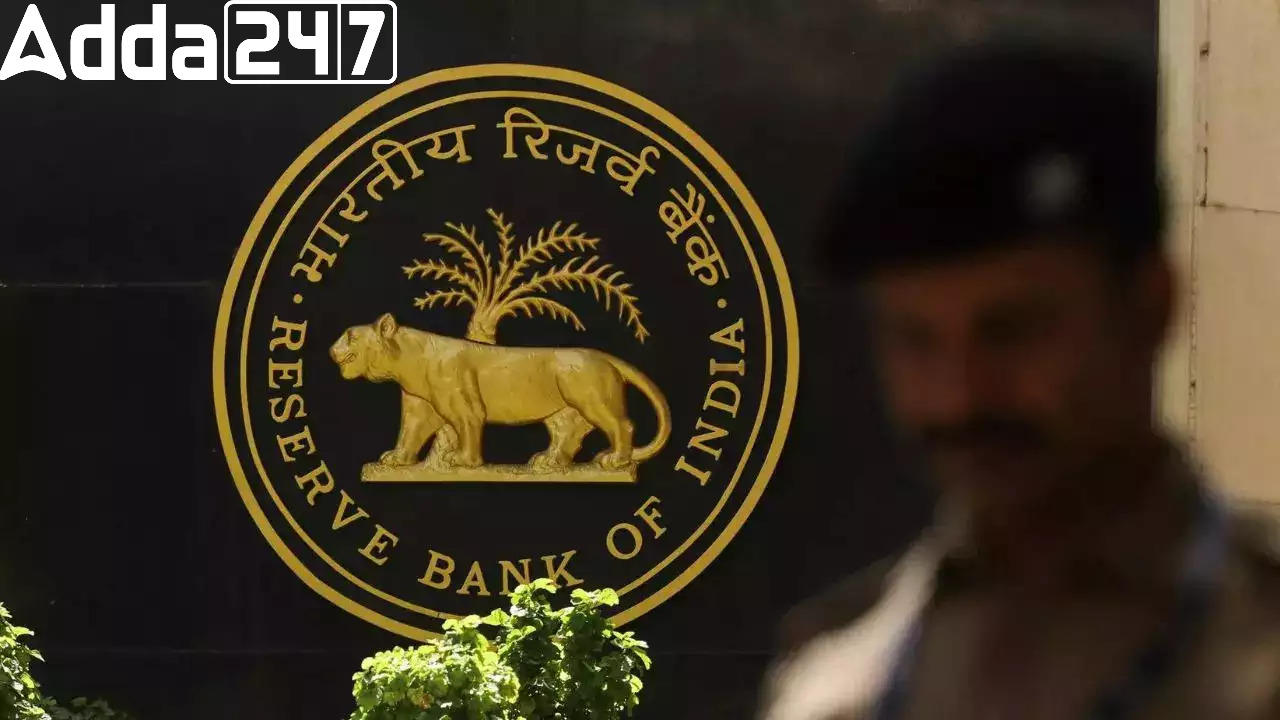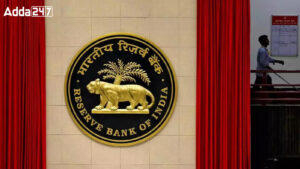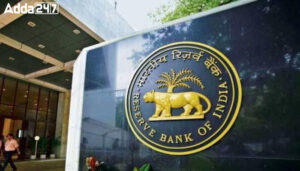The liquidity deficit in the banking system has significantly reduced to approximately ₹1.40 lakh crore as of February 4, down from a recent high of ₹3.46 lakh crore on January 24. This decline is attributed to increased government spending, as per data from the Reserve Bank of India (RBI). Consequently, overnight money market rates have eased, with the weighted average rate dropping to 6.33 per cent from last month’s range of 6.50 per cent to 6.75 per cent.
Factors Influencing Liquidity Deficit
- Government’s Heightened Spending: Increased disbursement of contract payments and salaries in early February contributed to the reduction in liquidity deficit.
- Potential GST Outflows: Anticipated outflows from the banking system due to GST payments in mid-February could result in a liquidity deficit resurgence, projected to range between ₹2 lakh crore to ₹2.5 lakh crore.
RBI’s Monetary Policy Stance
- Tightened Liquidity: The RBI has maintained a stance of tightened liquidity in alignment with its “withdrawal of accommodation” monetary policy approach, aimed at aligning inflation with target levels while supporting economic growth.
- Governor’s Assurance: RBI Governor Shaktikanta Das, in December 2023, emphasized the central bank’s commitment to responsive liquidity management, acknowledging the evolving liquidity conditions within the context of the monetary policy stance.
Future Outlook
- Continued Government Spending: Expectations suggest further easing of liquidity conditions as government spending continues.
- Adaptive RBI Measures: The RBI affirms its commitment to agile liquidity management strategies to navigate evolving economic conditions effectively.



 Commercial Paper Issuances Surge to Four...
Commercial Paper Issuances Surge to Four...
 RBI Guidelines for SFBs Transitioning to...
RBI Guidelines for SFBs Transitioning to...
 RBI's Guidelines for Voluntary Transitio...
RBI's Guidelines for Voluntary Transitio...
